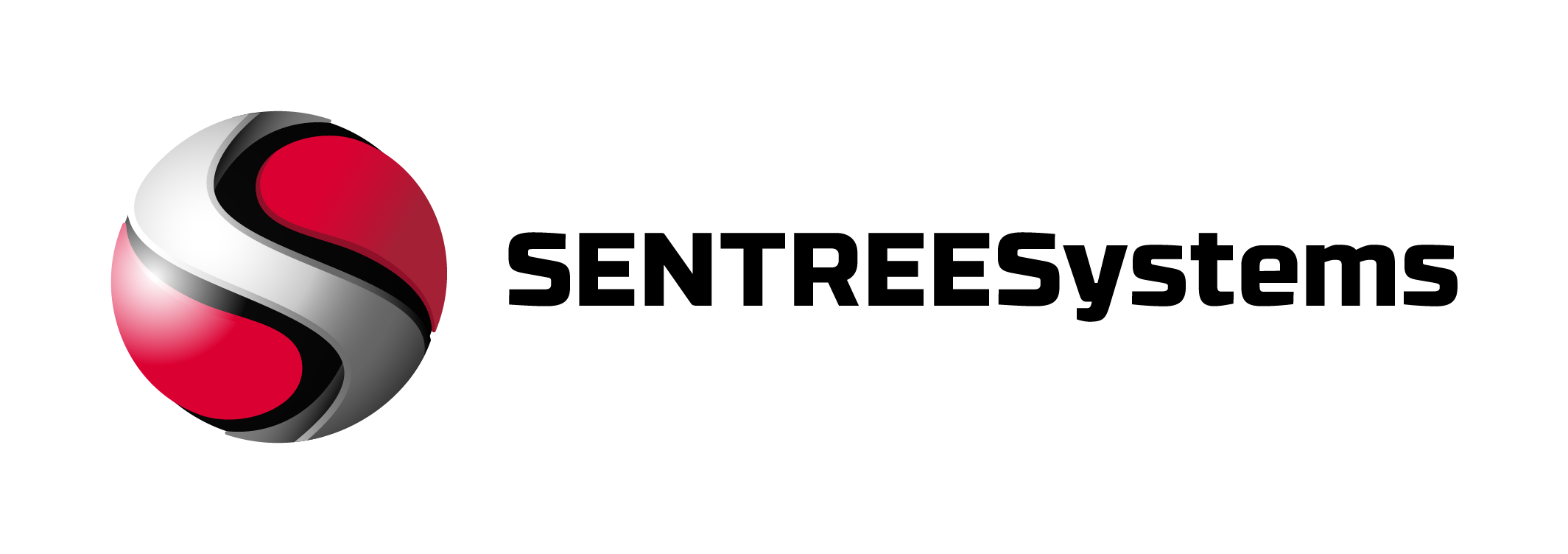AI Customer Data Protection for Small Business Security
How small businesses can deploy AI-powered security to protect customer information without violating privacy regulations
Small businesses handle sensitive customer data daily, but traditional security tools struggle against modern AI-powered attacks. AI customer data protection combines automated threat detection with privacy-first design, helping SMBs defend against sophisticated threats while meeting regulatory requirements like GDPR and state privacy laws.
Key Takeaways
- Deploy AI-powered email security as your first line of defense against phishing and business email compromise
- Choose solutions with built-in privacy controls to avoid regulatory violations
- Start with integrated platforms rather than point solutions to reduce complexity
- Focus on automation that reduces false positives and alert fatigue
- Measure success through reduced incident response times and prevented breaches
What should a small business deploy first for AI customer data protection?
Email security with AI-powered threat detection should be your starting point, as email remains the primary attack vector for data breaches.
A 45-person accounting firm deployed AI email security after receiving sophisticated phishing attempts targeting client tax data. The system blocked 23 malicious emails in the first month that bypassed their legacy filters, preventing potential credential theft. The automated analysis reduced security team workload by identifying threats without generating excessive false alarms.
I’ve helped dozens of SMBs implement AI security solutions, focusing on practical deployments that balance protection with operational efficiency.
Essential AI Customer Data Protection Technologies
EDR vs XDR
Endpoint Detection and Response (EDR) monitors individual devices, while Extended Detection and Response (XDR) correlates signals across email, endpoints, and network traffic. SMBs typically start with EDR for immediate device protection.
UEBA
User and Entity Behavioral Analytics establishes baseline behavior patterns and flags anomalies. This technology excels at detecting insider threats and compromised accounts that traditional tools miss.
SIEM/SOAR vs MDR/MSSP
Security Information and Event Management (SIEM) centralizes log data, while Security Orchestration (SOAR) automates responses. Managed Detection and Response (MDR) services often provide better value for SMBs than building internal Security Operations Centers.
NIST CSF Mapping
The NIST Cybersecurity Framework maps AI security across five functions: Identify (asset discovery), Protect (access controls), Detect (anomaly detection), Respond (incident containment), and Recover (business continuity). For HIPAA-covered entities, AI tools must include audit logging and access controls to meet Security Rule requirements.
SMB Email Protection vs Business Email Compromise Defense
| Control | What it does | Notes for SMBs |
|---|---|---|
| Phishing defense for SMBs | URL analysis, content inspection, sender verification | Essential first step; blocks 85-95% of email threats |
| Endpoint (EDR) | Behavior analysis, malware rollback, device monitoring | Best for businesses with remote workers |
| XDR platforms | Cross-signal correlation across email, endpoints, network | Suitable for 50+ employee organizations |
| Network analytics | Traffic pattern monitoring, lateral movement detection | Valuable for companies with sensitive databases |
| MDR services | 24/7 monitoring and incident response | Cost-effective alternative to internal SOC |
What does affordable email security for small companies cost?
AI-powered email security typically ranges from $3-8 per user monthly, with endpoint protection adding $5-15 per user (as of January 2025).
- Email security: $3-8/user/month for AI-powered threat detection
- Endpoint protection: $5-15/user/month for behavior-based detection
- Network monitoring: $200-800/month for small office deployments
- MDR services: $1,500-5,000/month depending on organization size and scope
Measure ROI through **reduced incident response time, prevented data breaches, and decreased IT support calls**. The CISA Small Business guide provides additional cost-benefit frameworks for security investments.
Privacy Compliance and AI Security Implementation
GDPR and State Privacy Laws
AI security tools must include **data minimization controls, retention policies, and user consent mechanisms**. Choose vendors that offer built-in compliance features rather than retrofitting privacy protections.
Vendor Assessment
Evaluate vendors based on explainable AI capabilities, data processing transparency, and breach notification procedures. Request documentation of their privacy impact assessments and security certifications.
Implementation Roadmap
- **Establish baseline metrics** for current security posture and incident costs
- **Deploy email security** as the highest-impact, lowest-complexity starting point
- **Add endpoint protection** for remote workers and sensitive data access
- **Integrate network monitoring** if handling payment data or regulated information
- **Consider MDR services** when internal security expertise is limited
Zero Trust and Access Control
Zero Trust Architecture assumes no inherent trust and requires continuous verification. For SMBs, this means implementing **multi-factor authentication, least-privilege access, and continuous monitoring** rather than perimeter-based security.
Start with identity verification through MFA, then add network segmentation and device compliance checks. AI-powered access control can automate policy enforcement while reducing administrative overhead.
Conclusion
AI customer data protection offers small businesses enterprise-grade security capabilities at accessible price points. **Focus on email security first, choose privacy-compliant vendors, and measure success through reduced incident response times**. The investment pays dividends through prevented breaches, improved customer trust, and regulatory compliance.
FAQ
Do small businesses really need AI customer data protection?
Yes, especially businesses handling payment data, personal information, or operating in regulated industries. AI-powered attacks target SMBs specifically because they often lack sophisticated defenses, making AI security tools essential for competitive protection.
What’s the cheapest way to get started with AI security?
Begin with AI-powered email security, which provides the highest return on investment for most SMBs. This typically costs $3-8 per user monthly and blocks the majority of successful attack vectors.
Is Microsoft 365 security enough for small businesses?
Microsoft 365 provides basic protection, but AI-powered third-party tools typically catch 15-25% more threats that bypass native filters. Consider enhanced email security if you handle sensitive customer data.
How do I know if my AI security tools are GDPR compliant?
Look for vendors that offer data processing agreements, built-in retention controls, and audit logging. Request documentation of their privacy impact assessments and European data residency options.
What should I do if my business email gets compromised?
Immediately change all admin passwords, enable MFA, scan for unauthorized access, and notify customers if their data was potentially exposed. Document the incident for regulatory reporting if required.
Can AI security tools work with my existing IT setup?
Most modern AI security platforms integrate with common business tools through APIs. However, verify compatibility with your specific applications and ensure your IT team can manage the additional complexity.
How long does it take to see results from AI security investments?
Email security typically shows immediate results in blocked threats. Endpoint and network monitoring provide value within 30-60 days as baselines establish and anomaly detection improves with learning.



